The trailer for Scream VI arrived last week. At one point in the promo, franchise veteran Gale Weathers (Courteney Cox) acknowledges how familiar all this has become. “You know you’re like the tenth guy to try this, right?” she complains to the latest killer hiding behind the Ghostface mask (Roger L. Jackson). It’s a sentiment with which the audience might agree, and there’s a strong sense that Scream VI is built around that. “I’m something… different,” the killer intones in reply.
The trailer makes an argument for Scream VI as a departure from what came before. Reports suggest this will be the first film in the franchise not to star Neve Campbell as Sidney Prescott. The opening of the trailer finds Ghostface discharging a shotgun. Allowing for the Los Angeles setting in Scream 3, Scream VI takes the franchise and its cast away from the familiar surroundings of Woodsboro, with Ghostface stalking his targets in the Big Apple. The movie’s initial teaser trailer was set on a subway.
While these are major departures for the Scream series, they also feel like somewhat generic conventions for any major horror franchise. Classic horror franchises like the Nightmare on Elm Street or Friday the 13th series regularly swap protagonists between installments. Despite being perhaps the most iconic “final girl” in horror history, Jamie Lee Curtis has taken extended breaks from the Halloween franchise. As Scream gets older, it feels more like every other slasher series.
There are other touches in the trailer that recall the standard conventions of a long-running series of slasher movies. When it was first announced that Scream VI would be set in New York, there were obvious comparisons to the eight Friday the 13th movie, Jason Takes Manhattan. To be fair, given that famously only the final act of Jason Takes Manhattan actually takes place in the eponymous borough, Scream VI at least looks to take proper advantage of its new urban setting.
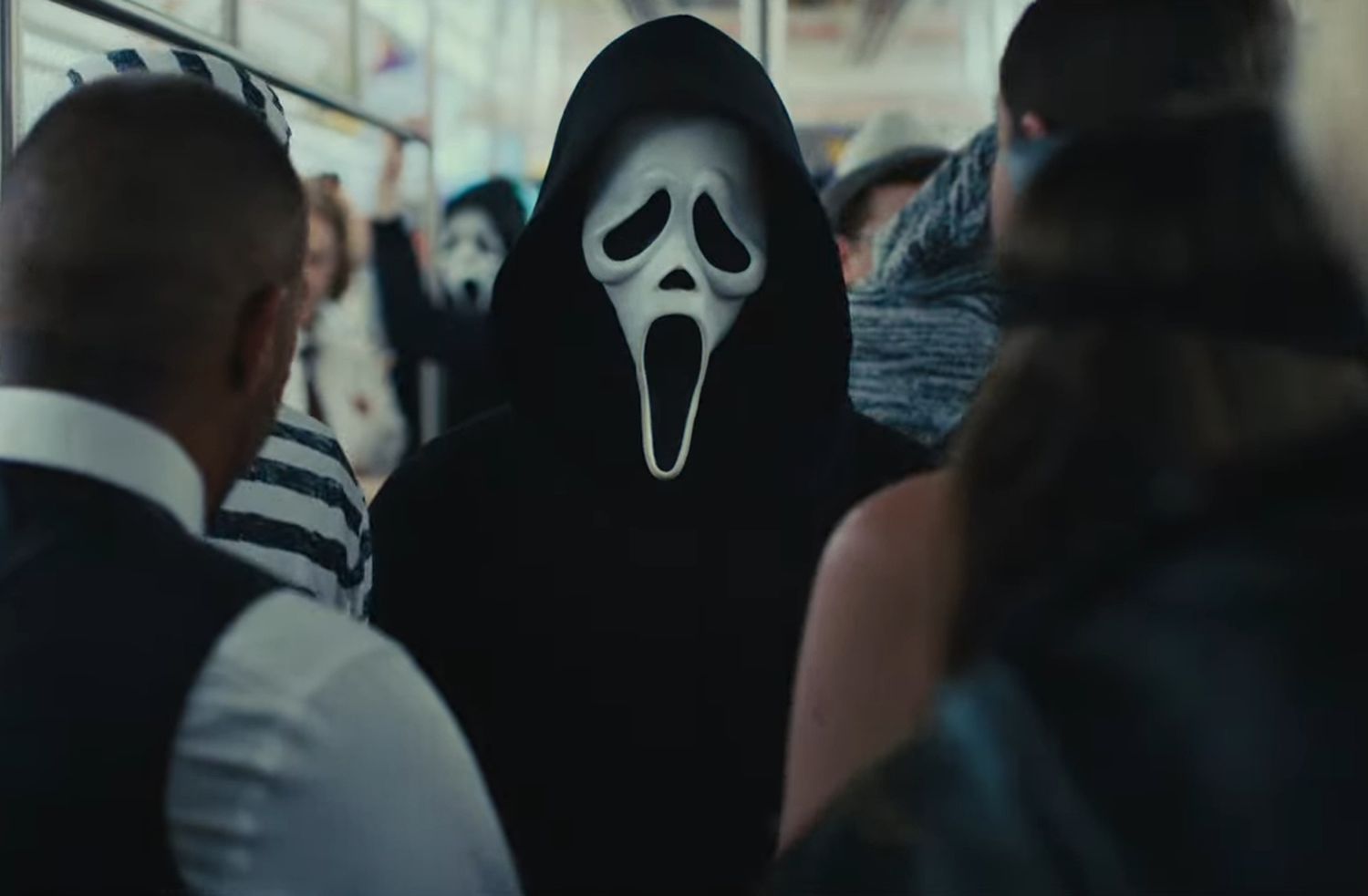
The trailer also teases the prospect of a cult built around Ghostface, the unifying persona donned by the individual killers in the previous five features. There appears to be a museum or an auction house populated with memorabilia from the franchise. Oddly enough, this evokes a recurring trend in classic slasher sequels, such as the “Cult of Thorn” in the later run of original Halloween sequels. Cult of Chucky riffs on a similar idea with the eponymous killer doll (Brad Dourif) creating copies of himself.
That said, there are other elements of Scream VI that suggest a more modern style of franchise-building. The film goes heavy on the fan service, even resurrecting characters who should probably be dead. Like so many modern franchises, Scream seems increasingly reluctant to kill its darlings. The trailer brings back fan-favorite character Kirby Reed (Hayden Panettiere), who was brutally stabbed at the climax of Scream 4, but was confirmed alive in an Easter egg buried in the fifth movie.
A lot of this is carried over from the previous installment, Matt Bettinelli-Olpin and Tyler Gillett’s Scream (2022). That fifth movie found a way to bring back the franchise’s original killer, Billy Loomis (Skeet Ulrich), as a vision haunting his daughter, Sam Carpenter (Melissa Barrera). This reflected the increasing reverence for continuity and fan service in modern franchising. It is perhaps revealing that one of the posters for Scream VI is a literal web of continuity arranged to evoke a subway map.
The fifth film also demonstrated a reluctance to kill off potentially popular characters, making the film’s killers seem especially inept. Sam’s half-sister, Tara (Jenna Ortega), became the franchise’s first character to survive a movie’s opening set piece. Both Mindy (Jasmin Savoy Brown) and Chad Meeks-Martin (Mason Gooding) also survived brutal attacks at the movie’s climax. In some ways, that film was more engaged with fan-service properties like Star Wars than with horror franchise tropes.
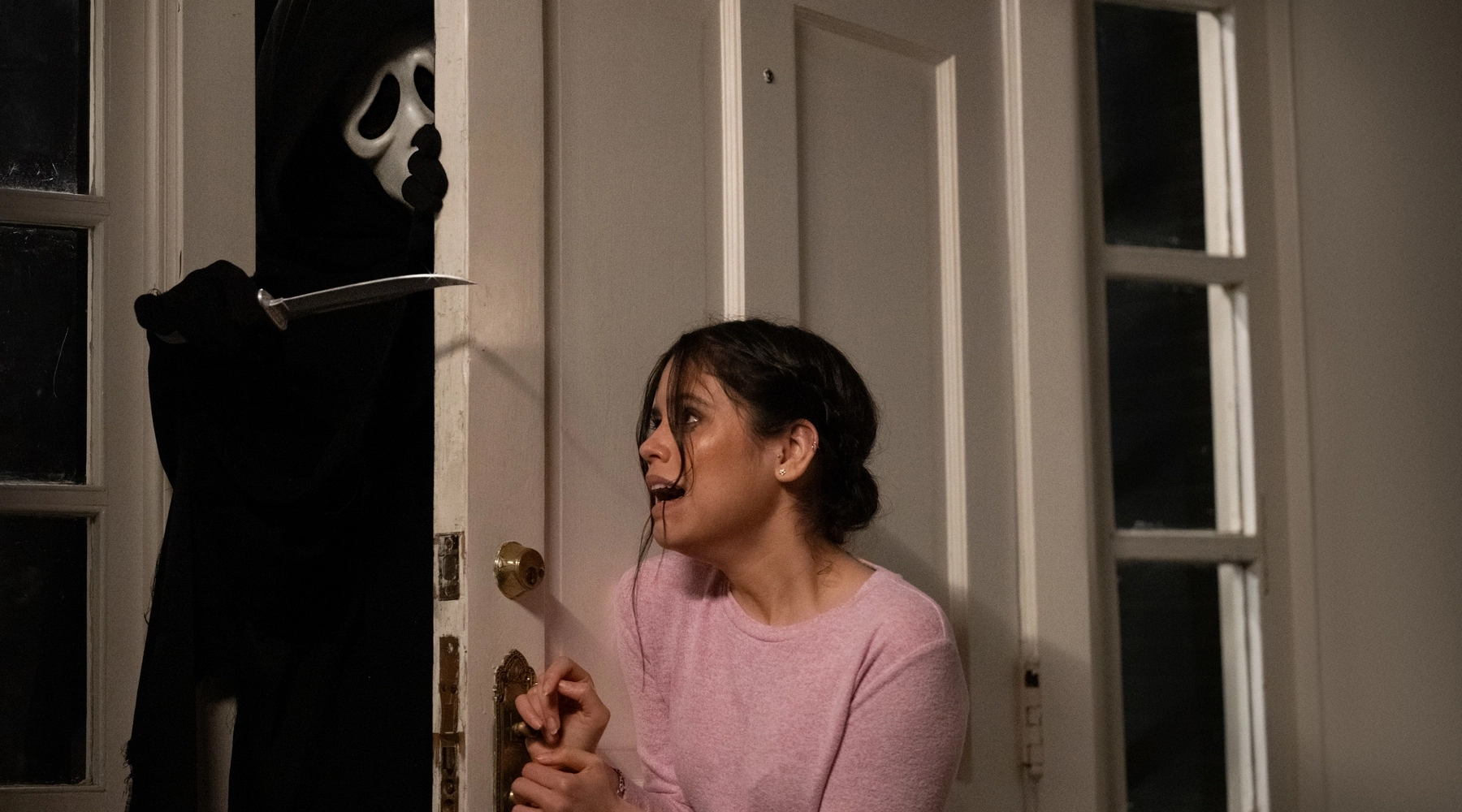
Scream 4 was the final film in the franchise from the series’s original creative team, director Wes Craven and writer Kevin Williamson. There were reports that Craven imagined Scream 4 as the first film in a new trilogy, but those plans were scuppered when Craven passed away in August 2015. As such, it seems reasonable to draw a clean line between the original four films defined by the involvement of Williamson and/or Craven and the sequels that followed.
There would be 11 years between the release of the fourth and fifth films, with directors Bettinelli-Olpin and Gillett taking over the series with writers Guy Busick and James Vanderbilt, who had collaborated with the pair on Ready or Not. Understandably, these creators seem to have a very different understanding of what Scream is and how it functions. In some ways, looking at their work on the 2022 movie and the premise / trailer for Scream VI, it is a much more generic franchise.
The original Scream was in many ways a perfect movie for the late 1990s. It was postmodern, ironic, and self-aware. It breathed new life into mainstream horror filmmaking, a genre that was somewhat moribund as the millennium approached. George A. Romero argued that “the genre was dying and Scream saved it.” It did this by drawing attention to the tropes and conventions of the classic slasher movie, presenting a cast of characters shrewd enough to engage with the trappings of the genre.
Scream fundamentally altered what the slasher movie could be and profoundly affected other major horror franchises. Just a year before the release of Scream, the Halloween franchise seemed to be on its last legs with the cheap and dire Halloween: The Curse of Michael Myers. Two years after Scream, the Halloween franchise took its cues (and some uncredited story work and script polish) from Williamson to deliver the franchise revival Halloween H20: Twenty Years Later.
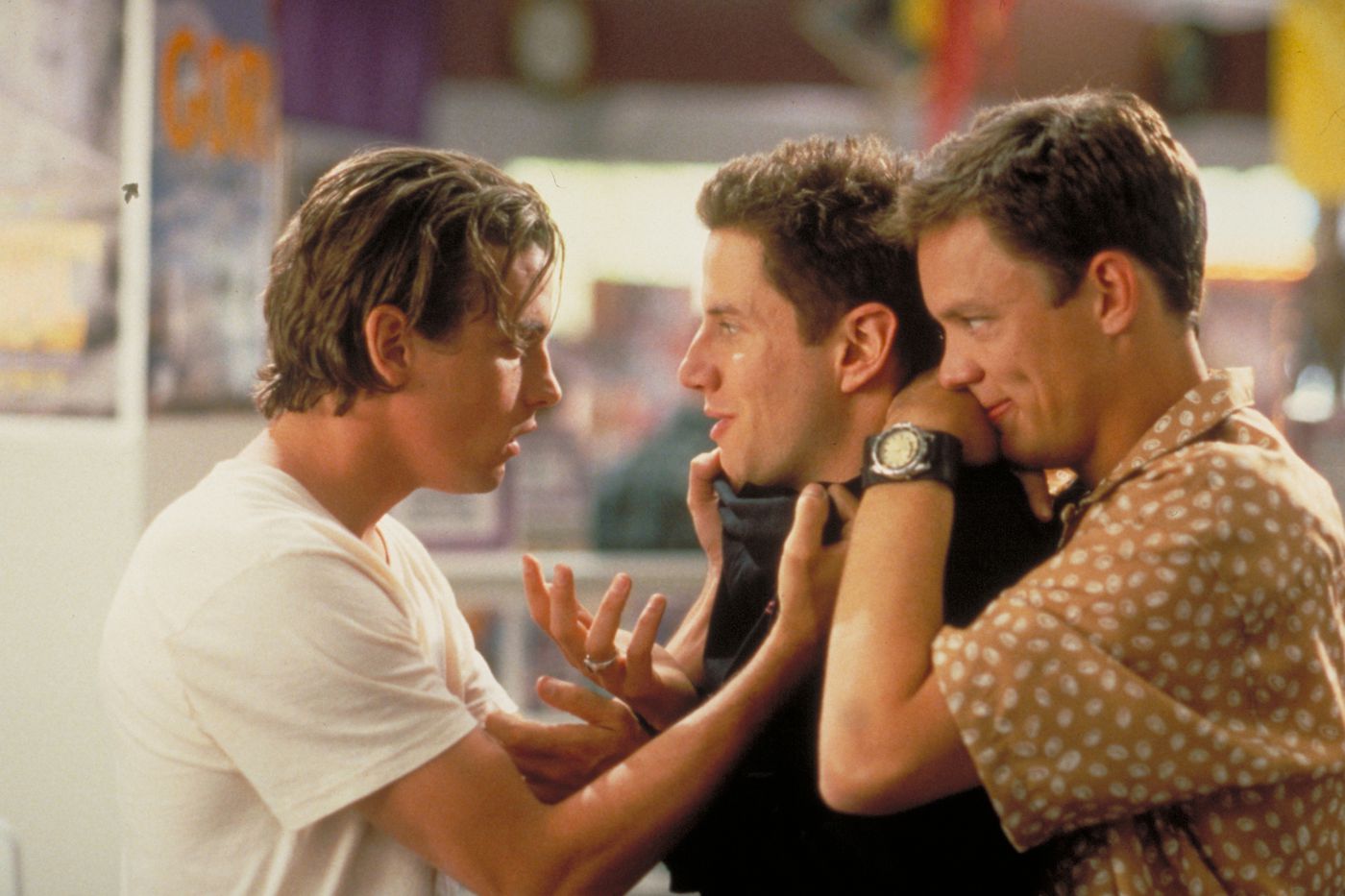
Scream seemed to inspire the best in these old horror franchises. After the disappointment (and controversy) of Child’s Play 3, the Chucky franchise roared back to life with Bride of Chucky, a movie so heavily indebted to the self-awareness of Scream that even the posters evoked Scream 2. Much like Halloween H20, Bride of Chucky was a film that used the youthful energy and self-awareness that made Scream a breakout hit to reinvigorate a franchise that had seemed past its prime.
As such, there is a sense of frustration in watching a franchise that had so effectively reinvented slasher movies become much more generic. These recent sequels enthusiastically embrace the tired tropes that the original Scream mercilessly parodied and criticized: ghosts, the resurrection of fan-favorite characters, unnecessary tangled webs of interpersonal relationships and continuity, cults worshiping that continuity, and the desire to keep things fresh by just swapping setting.
The Halloween and Chucky franchises used to take their cues from Scream, but the trailer for Scream VI suggests that the trend has been reversed. Scream saved the slasher genre from underwhelming and lifeless sequels like Jason Takes Manhattan and The Curse of Michael Myers, so it is surreal to see Scream itself caught in that same web of long-running slasher franchise conventions. What would seasoned video store clerk Randy Meeks (Jamie Kennedy) think of the trailer for Scream VI?
Then again, perhaps it makes sense. There is a solid argument that the self-aware irony of the 1990s has served its purpose, and pop culture is too saturated with knowing and winking media. Watching many modern blockbusters, it can seem that Hollywood learned all of the wrong lessons from the cleverness of Scream. In so many modern feature films, everything is a joke and nothing has any real stakes. That level of detachment can become numbing, especially when applied thoughtlessly.
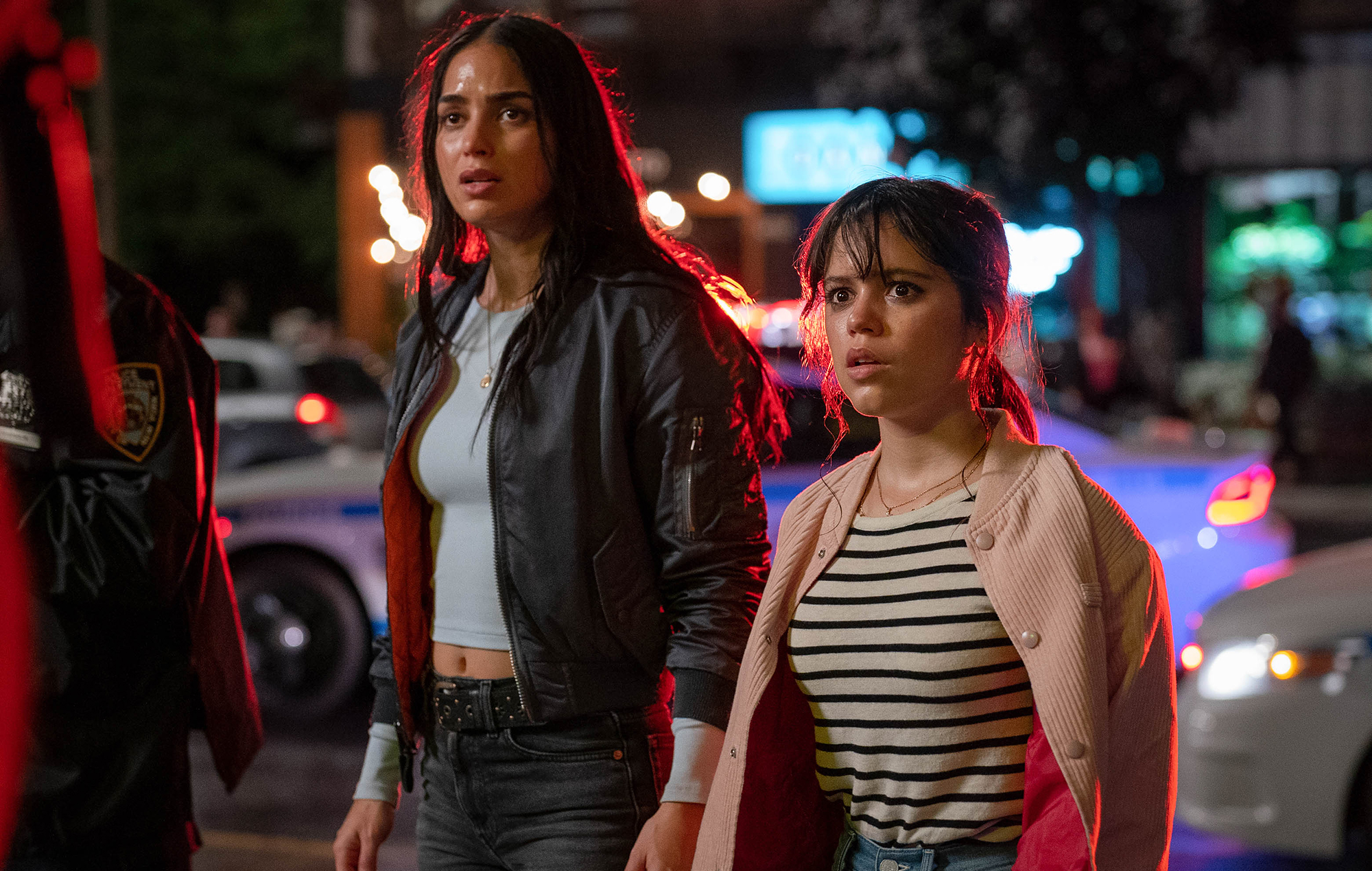
Looking at recent box office figures, there is a vague sense that audiences might yearn for a little earnestness and sincerity. For well over a decade, the box office has been dominated by the Marvel Cinematic Universe, which has an aesthetic defined by quippy and self-aware dialogue in the style of Joss Whedon, a key figure in the same wave of 1990s youth culture that produced Scream. However, there is a small sense that audiences are drifting (just a little bit) away from that template.
In contrast, the biggest movies of the past year were undeniably straight-faced, never breaking character to wink at the audience. Avatar: The Way of Water was James Cameron leaning into his cheesy and sentimental side, creating a movie that cannot survive any contact with irony. Top Gun: Maverick is an unapologetic embrace of the conventions and beats of old-fashioned blockbusters, an ode to the old-fashioned movie star charisma of its lead Tom Cruise.
Despite playing its slasher tropes much straighter than the four earlier films in the franchise, Bettinelli-Olpin and Gillett’s Scream was a massive critical and commercial success. Along with films like Maverick, Bettinelli-Olpin and Gillett’s Scream was part of a banner year for Paramount. In a strange way, it feels like the recent Scream films have read the room and pivoted accordingly, embracing a more earnest and sincere approach to slasher and franchise storytelling.
So this swerve back to an unironic embrace of these slasher movie conventions makes a certain amount of sense in the context of larger cultural trends. Still, it is a little disheartening. Scream used to set horror trends. Now, it looks like it’s chasing them.

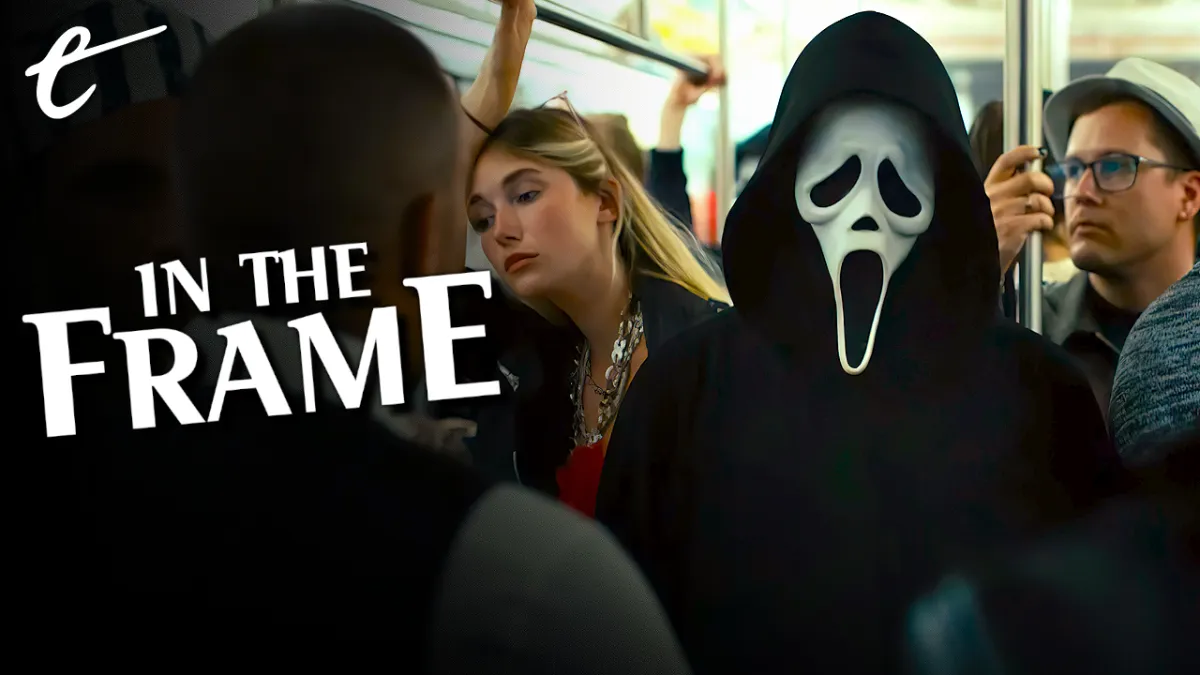




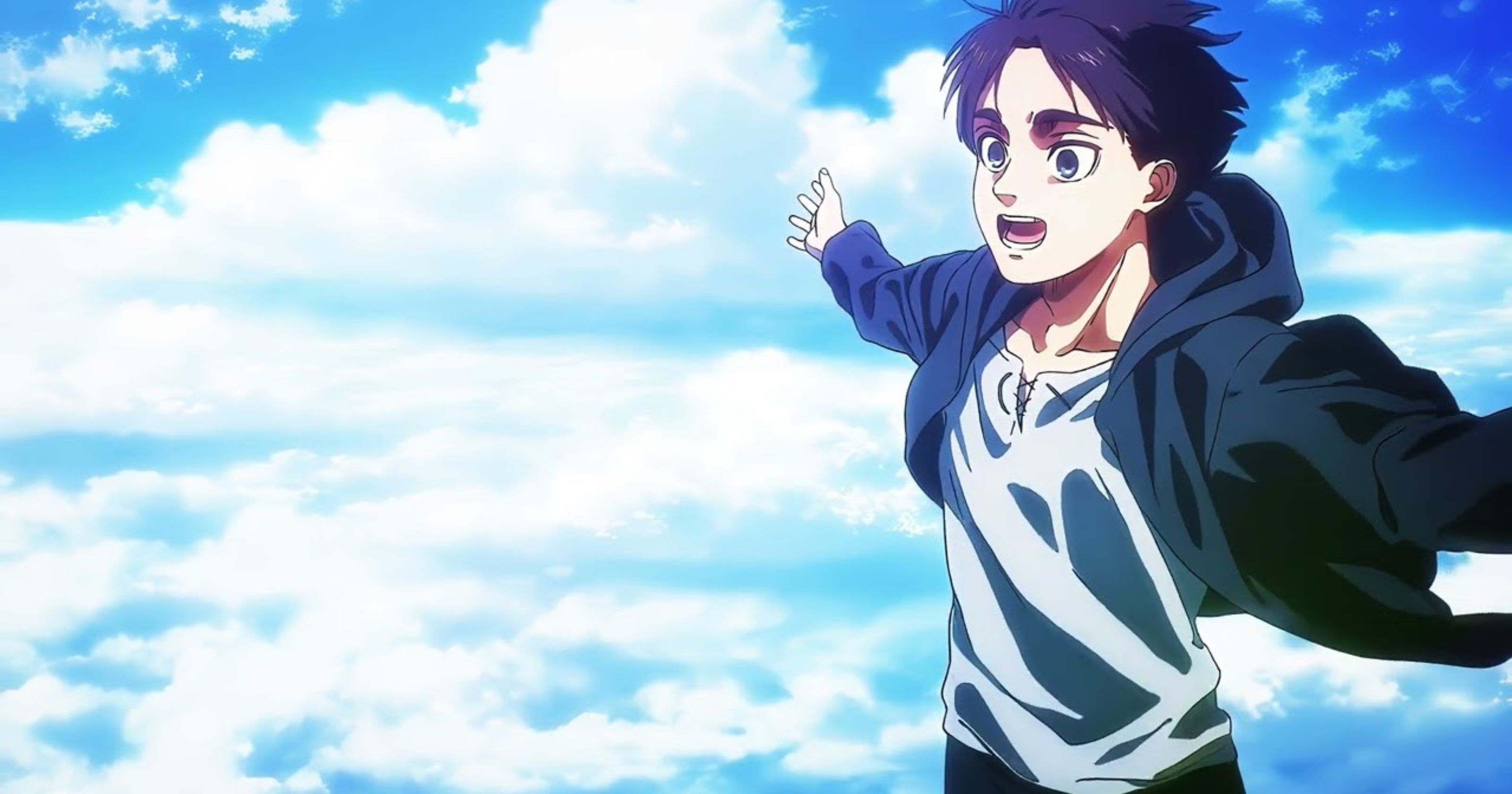
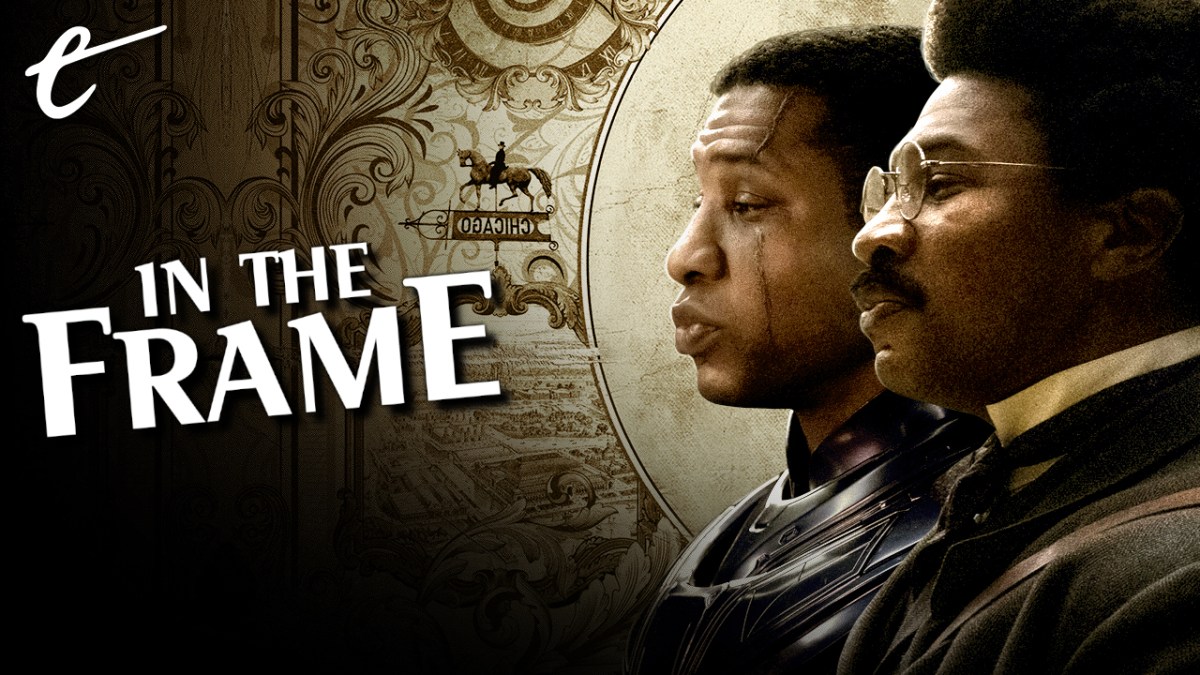

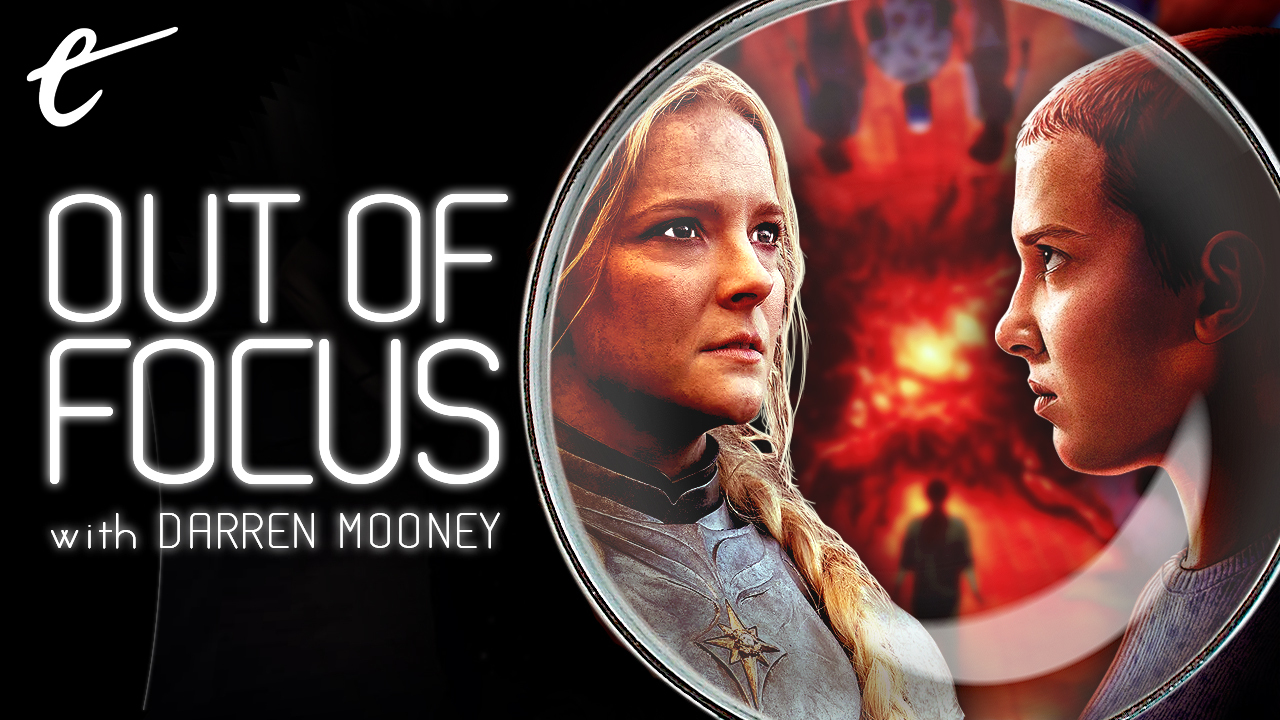
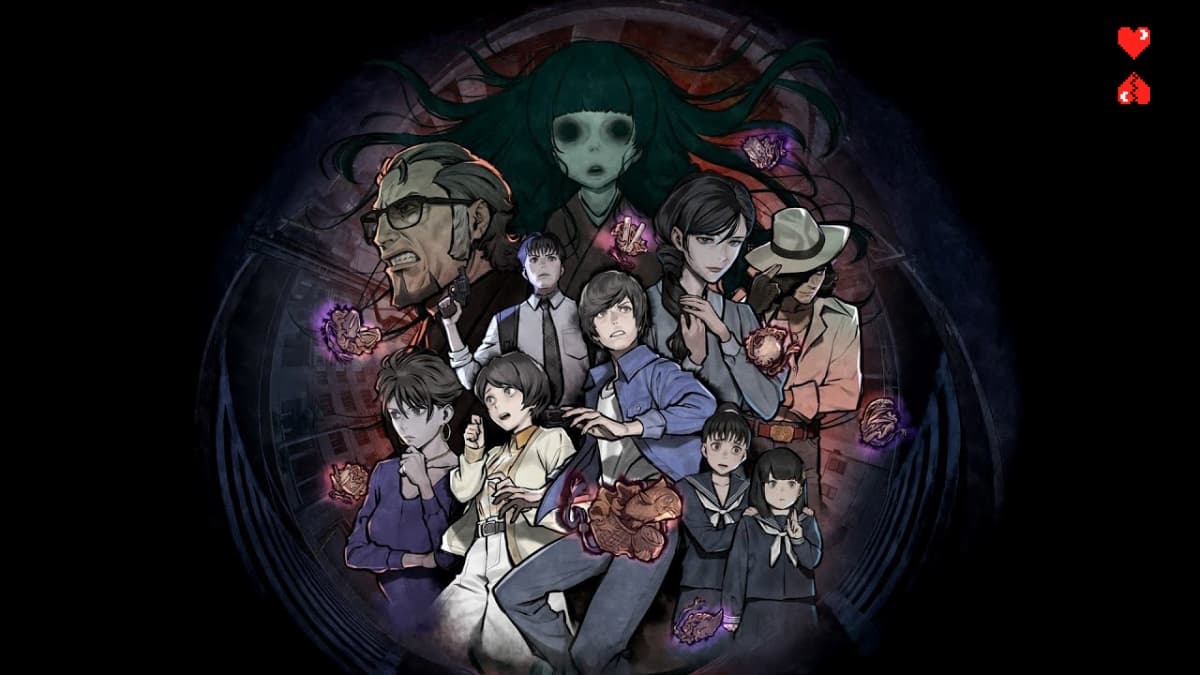
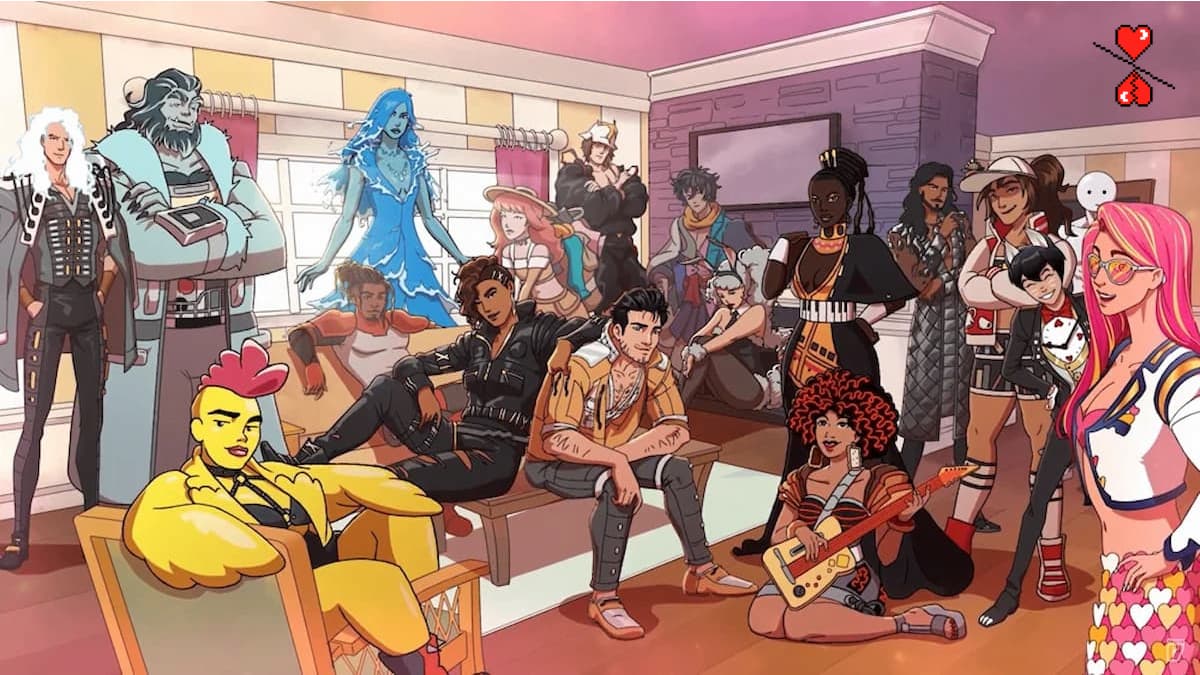


Published: Jan 23, 2023 3:00 PM UTC